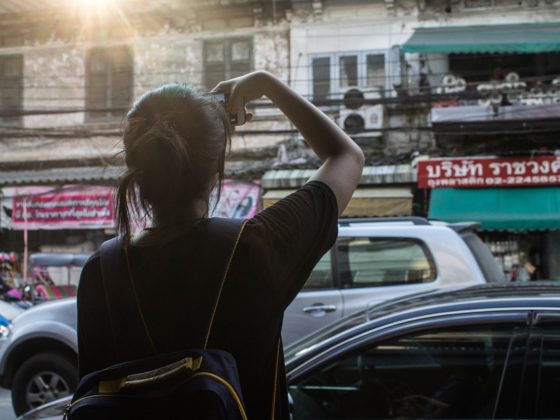1. Electronic bag tags are starting to be a thing.
There you are, standing by the baggage carousel, checking once again if you’re in front of the right one, and hoping your backpack will magically appear during the 59th lap (yes, you’re counting). This situation is becoming less and less common, but it’s not a thing of the past yet–and if you’re one of the unluckiest travelers, your luggage might be mysteriously lost forever.
How can this still happen in the age of GPS? It shouldn’t, and many companies have realized the solution is as simple as adding a small location tracking tag to the suitcases to make sure we always know where they are. Some airlines like Delta, Qantas, or Lufthansa are already using or trying trackable bag tags; but if you want to take matters into your own hands, you can get one of the many tracking devices already in the market. You have the right know where your backpack is spending the holidays.
